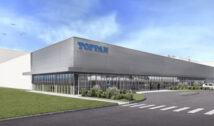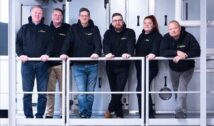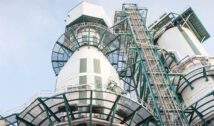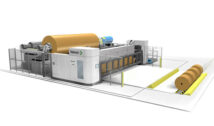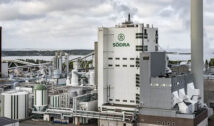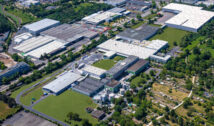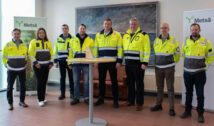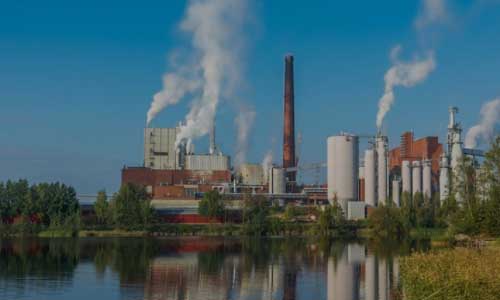
In pulp mills, keeping the internal heat transfer surfaces of recovery boilers clean requires a lot of energy and can limit the entire mill’s production capacity. However, by reducing the amount of steam used in steam sootblowing systems, pulp mills and other plants can become more energy-efficient and sustainable, while improving boiler availability.
Traditionally, about 5-10% of the steam produced in pulp mill boilers is used for sootblowing. High-pressure steam is blown on heat transfer surfaces 24/7, consuming a very large amount of energy. Using Heat Management’s patented High Impact Sootblowing System (HISSTM), the steam consumption of sootblowers can be reduced by 40-50%. This adds up to a great deal of energy savings and, in turn, a reduction of emissions.
Data analysis is the first step towards a more sustainable pulp mill
Every boiler is unique, so when seeking to make pulp mill operations more efficient and sustainable, carrying out a detailed analysis of operational data and actions is a vital part of the process.
Insights gained from the analysis can lead to significant improvements. For example, discovering which parts of the boiler are most problematic can allow sootblowing efforts to be reallocated to focus on exactly where and when it’s needed most, leading to less steam waste and better overall energy efficiency. Such an analysis can also help address issues related to the clogging of heat transfer surfaces and related limitations in plant production. The load of the boiler can typically be increased by several percentages which are, of course, related to even larger economic benefits.
Heat Management helps pulp mills achieve their sustainability goals
Partnering with Heat Management to make pulp mill efficiency improvements involves a continuous dialogue for validation and verification. We study process data every week to ensure the highest possible amount of steam savings with desirable boiler availability. We also focus on long-term relationships with the pulp mill, supporting operations, maintenance, production, and process experts with unique knowledge and holistic data analysis for both the measurable and the non-measurable process conditions.
This approach renders the biggest advantage: combining improved availability from dynamic operational and strategic sootblowing capacity with millions of EUR in potential savings generated from increased and safe mill production levels. Energy and water savings per ADMT play straight into the mill sustainability goals and circular operations. All in all, renewable heat and power generation are increased while CO2 emissions are decreased, contributing to the pulp mill’s sustainability goals.
One company that has partnered with Heat Management to reach its sustainability goals is Siemens Energy AB. We are helping improve the energy efficiency of the black liquor boilers in their customers’ pulp mills. A common platform has been established to enable the safe overlapping operation of sootblowers based on a Simatic PCS7 SIPAPER DCS environment. During boiler shutdown, the control system is upgraded to achieve overlapping soot blower operation. The technology constitutes a step-change in sootblowing technology, doubling the capacity (starts per day) without requiring the installation of additional sootblowers or higher consumption of steam.
In 2020 Heat Management has had a big increase in orders of systems for recovery boilers. These customers appreciate that dynamic sootblowing is ideal for meeting the demands associated with production increases, regarding both predictability and sustainability. Heat Management also focuses on long-term relationships with the mill, supporting operations, maintenance, production, and process experts with unique knowledge and holistic data analysis for both the measurable and the non-measurable process conditions. This approach renders the biggest advantage; of combining improved availability from dynamic operational and strategic sootblowing capacity, and incurring millions in savings from increased and safe mill production levels. The energy and water savings per ADMT play straight into the mill sustainability goals and circular operations.






